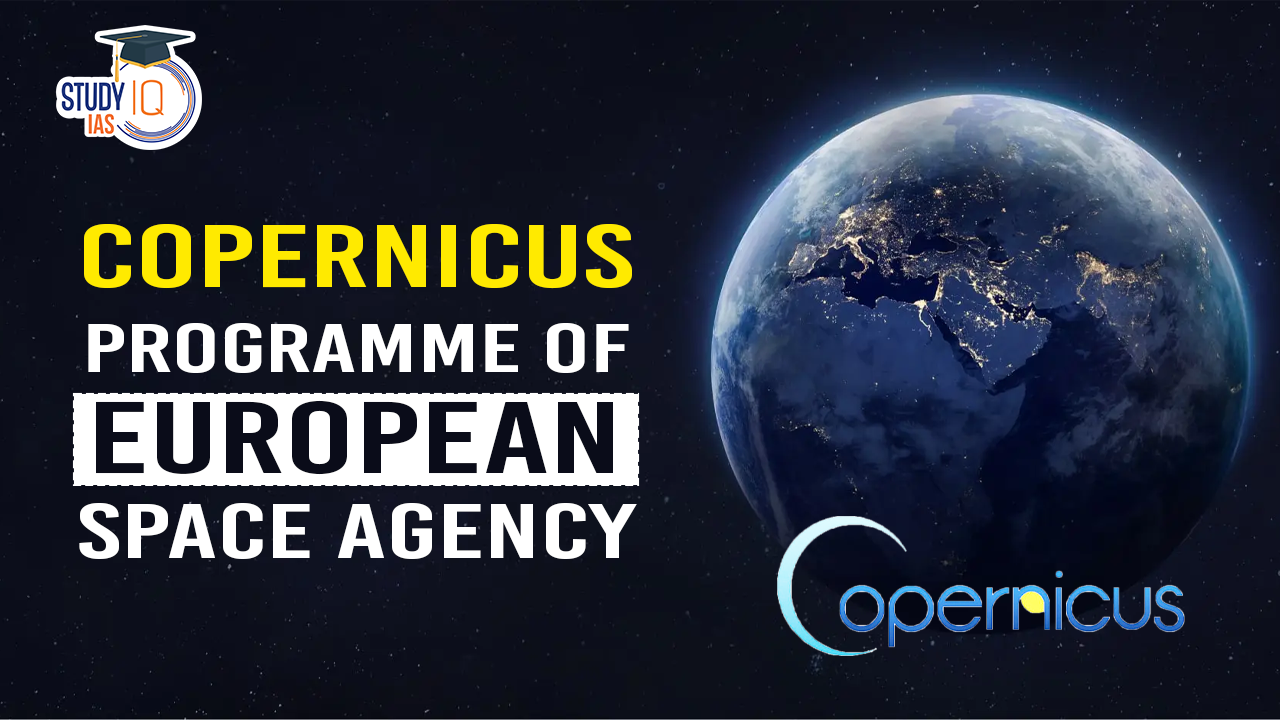Table of Contents
Context: In response to Iran’s request, the European Union (EU) activated its emergency satellite mapping service to assist in locating the helicopter carrying Iranian president Ebrahim Raisi, which had crashed in East Azerbaijan province.
EU’s Copernicus Programme
- Purpose: Part of the EU’s space programme, aimed at monitoring Earth and its environment by collecting and processing data from satellites and other sources.
- Data Sources:
- Satellites: The Sentinels and contributing missions (commercial and public satellites).
- In Situ Sources: Ground stations and non-space sources.
- Applications: Land management, marine environment, atmosphere, emergency response, security, and climate change.
- Accessibility: Data and information are provided on a “full, open, and free-of-charge” basis.
Copernicus Emergency Management Service (EMS)
- Operational Since: 2012.
- Function: Provides geospatial information from satellite remote sensing and in situ data for managing natural disasters, man-made emergencies, and humanitarian crises.
- Service Components:
- Mapping Component: Includes rapid mapping (RM) and risk and recovery mapping (RRM).
- Early Warning Component: Issues alerts about floods, droughts, and forest fires, and provides near-real-time assessment of forest fire impacts.
Rapid Mapping (RM) Service
- The RM service was activated to assist in locating the crashed helicopter.
- Function: Provides maps and analysis based on satellite imagery quickly, within hours or days, anywhere in the world.
- Products: Supplies four different types of maps and brief analysis as needed by the user requesting the service.
- Use Cases: Immediate responses to disasters and emergencies.
Risk and Recovery Mapping (RRM)
- Function: Delivers maps required for disaster management that are not for immediate responses, provided within weeks or months.
- Applications: Prevention, preparedness, disaster risk reduction, and recovery.
- Capabilities: The RM service can quickly provide maps and brief analyses to aid in emergency response efforts.
- Reference Product: Provides preliminary information on the area of interest and assets before an emergency or disaster occurs.
- First Estimate Product: Offers a rapid assessment of the most affected locations immediately following a disaster.
- Delineation Product: Supplies detailed information on the impact, extent, and situational updates after a disaster has occurred.
- Grading Product: Delivers damage assessment, including the spatial distribution and extent of the damage after a disaster


 Most Commonly Used Cancer Drugs and Thei...
Most Commonly Used Cancer Drugs and Thei...
 Monasteries in India: List of Major and ...
Monasteries in India: List of Major and ...
 National Doctor’s Day 2025: History, T...
National Doctor’s Day 2025: History, T...





















